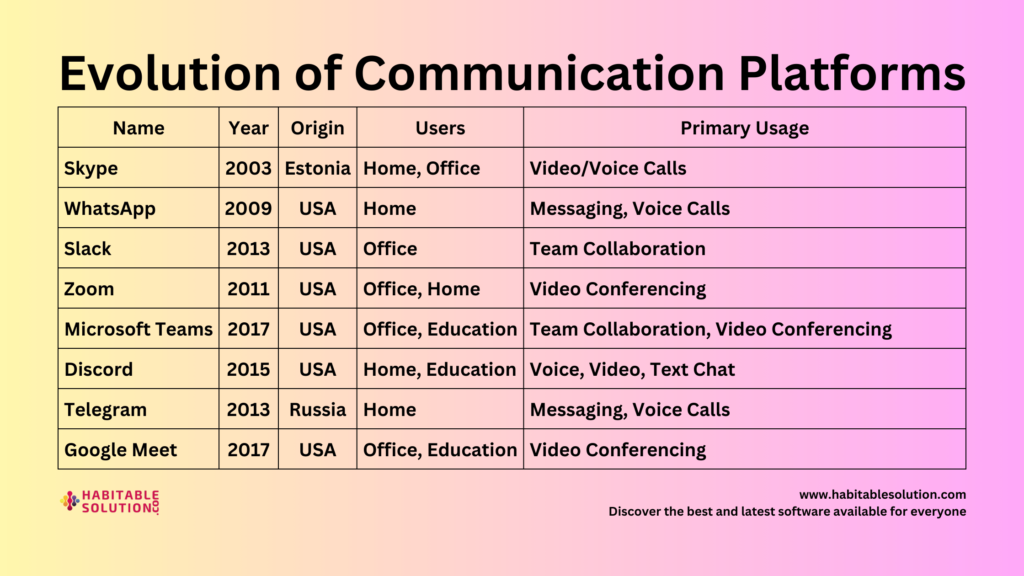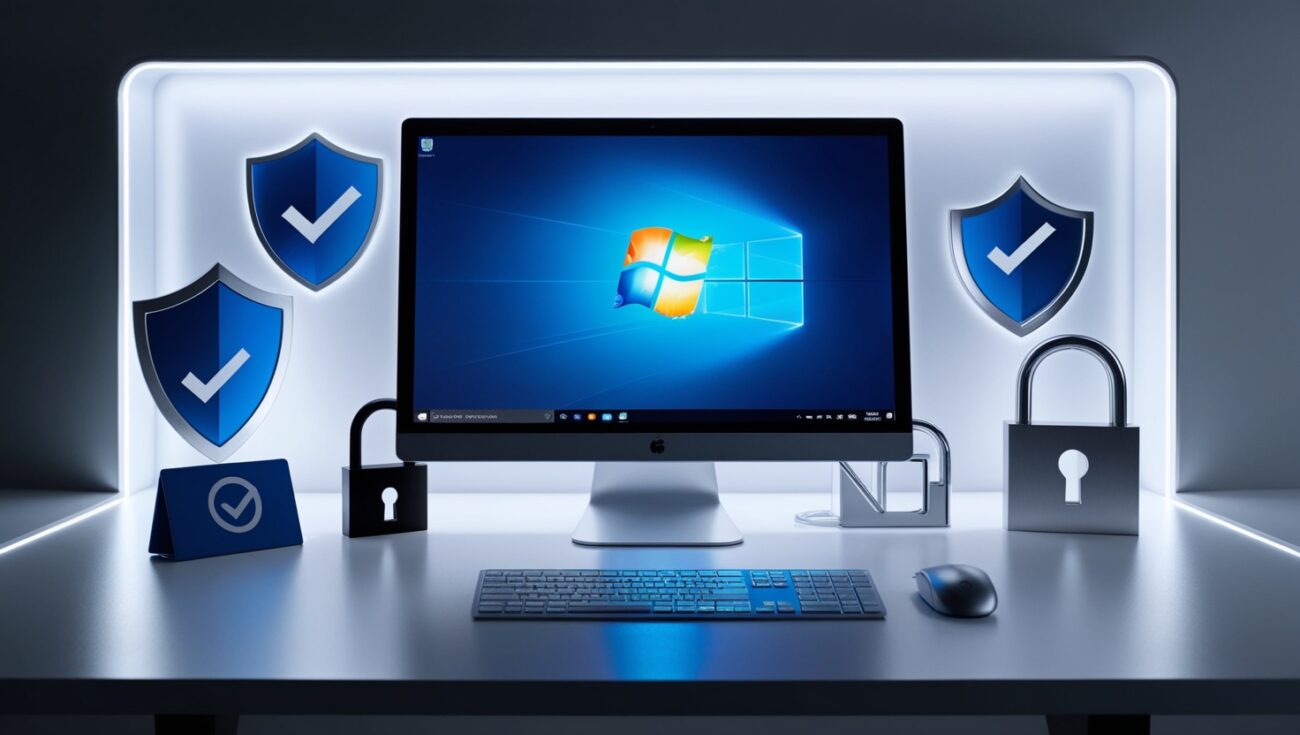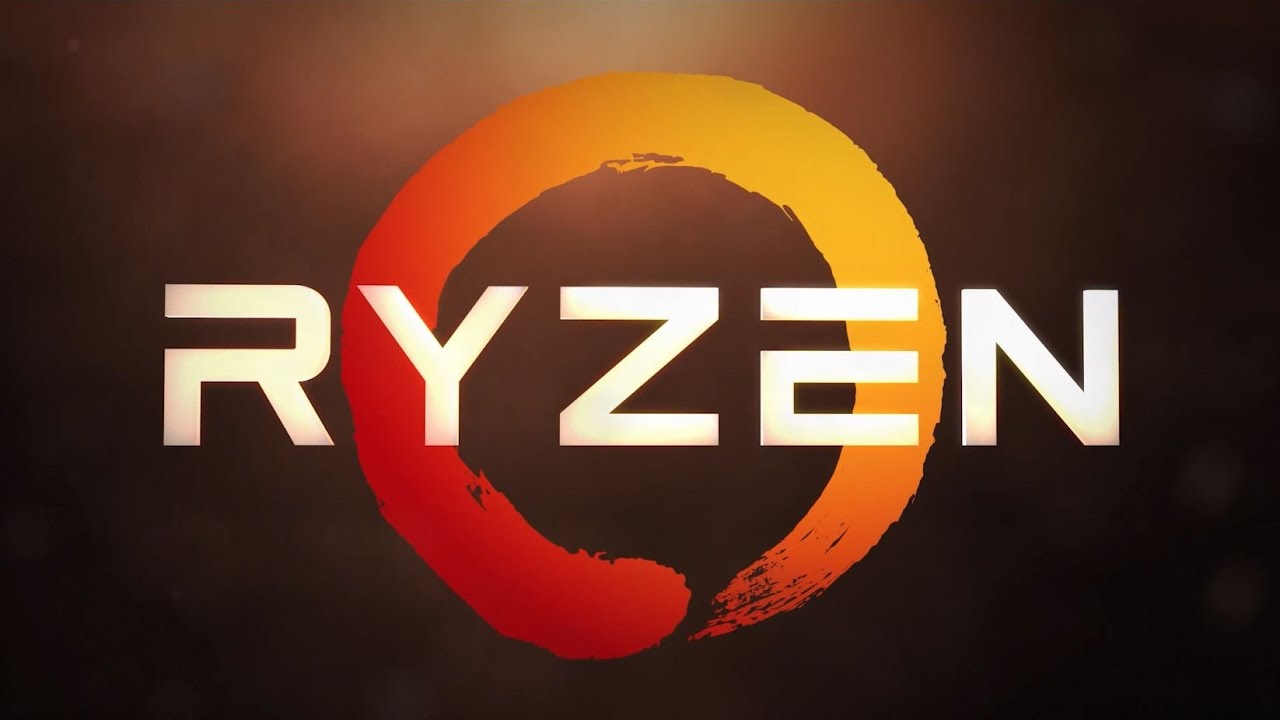Every January a fresh crop of streaming thrillers rolls out the same glossy montage—dark rooms, glowing monitors, rogue geniuses hammering keys until global networks cave in. Yet ask any working security professional what their week really looked like and you will hear something closer to this: a 7:30 a.m. coffee over last‑night’s Nessus scan, a stand‑up meeting about patch windows, a lunchtime webinar on Kubernetes SSRF, and a late‑afternoon call walking a nervous client through an Excel sheet that translates CVEs into legal, financial, and reputational risk. Real cybersecurity is equal parts curiosity, disciplined routine, and precise communication. The craft rewards the diligent and the collaborative far more than the mythic lone wolf.
Debunking the Blockbuster Stereotypes

Despite Hollywood glamor, the field is built on disciplined collaboration and risk management. Remember these core realities:
- Daylight, not midnight: Most engagements occur during regular business hours under strict legal scope and change‑control windows.
- Public CVEs over zero‑days: Attackers prefer unpatched, well‑documented flaws to costly unknown exploits.
- Salaries over super‑cars: Predictable paychecks and healthcare outperform rare lottery‑sized bug bounties.
- Tripod security model: Red, blue, and governance/risk/compliance must work in concert; remove one leg and the programme collapses.
A Tuesday in the Trenches

Picture a mid‑sized consultancy on an ordinary Tuesday. Morning sun spills across plant‑lined desks while overnight vulnerability scans feed ticket queues. By eight o’clock critical CVEs are sorted: false positives discarded; genuine threats earmarked for manual proof‑of‑concept. An hour later, an agile stand‑up synchronises red and blue efforts. If the client’s payment cluster is in maintenance at noon, intrusive web tests shift to tomorrow. Disruption is not a badge of honour—it is a billing dispute waiting to happen.
Mid‑morning belongs to the human layer of exploitation. Automated scanners are scouts; the tester is special forces. One might reproduce a SQL‑injection alert, lift a JWT with Burp Suite, forge an admin cookie, and hop into an overlooked S3 bucket. Every step is screen‑captured, PCAP‑logged, and hashed into a tamper‑evident evidence vault. Lunch is rarely leisure. Teams huddle around microwaved leftovers streaming the latest Black Hat demo; in a field where knowledge curdles within weeks, daily micro‑learning is survival.

Afternoons pivot toward translation. Raw shell prompts inspire technicians, but chief financial officers respond to numbers: “unauthenticated code execution could leak 2.3 million patient records, exposing the hospital to 5.5 million dollars in HIPAA penalties and class‑action settlements.” Once written in risk language, the finding travels to the client in near real‑time—patching hours, not weeks, after discovery. The day concludes with lab time: HackTheBox machines, Python scripts automating reconnaissance, or blog posts feeding a public portfolio. Certifications age; GitHub commit graphs quietly impress recruiters.
The Colour Wheel of Modern Defence

True resilience emerges when red, blue, and purple blend. Red teams weaponise tactics, techniques, and procedures that mimic real adversaries. Blue teams mine logs, tune SIEM rules, and shepherd crisis response. Purple teams—sometimes an event, sometimes a permanent function—force the two sides into dialogue. During a purple sprint, red’s payloads fire while blue tunes detections in real time; mean‑time‑to‑detect plummets, and egos dissolve into shared metrics. A 2024 SANS Pulse survey reported a 37‑percent improvement in detection speed for organisations practicing quarterly purple exercises. Cooperation is not idealism; it is return on investment.
The Five Ordinary Openings Attackers Exploit

Ask any incident responder which entry points dominate breach root‑causes and you will not hear about cutting‑edge side‑channel research. You will hear about mundane negligence. Legacy servers missing patches linger because downtime is politically harder than risk acceptance. Credential stuffing thrives because users recycle “Spring2025!” across SaaS logins. Misconfigured S3 buckets leak customer archives after a single overlooked ACL flag. VPN portals without multifactor survive because senior management dislikes tokens. Over‑privileged AWS service accounts exist because an engineer granted AdministratorAccess “temporarily” and forgot to revoke it. CrowdStrike’s 2025 Global Threat Report ties 62 percent of ransomware first‑foothold events to plain credential abuse. Complexity is not the criminal’s ally—your inertia is.
Tools, but Also Translation

Below is a concise snapshot of the technologies that appear most frequently during real‑world assessments—paired with the business value executives care about:
- Discovery: Amass, Shodan – Expose shadow IT before attackers do, shrinking the surface area auditors probe.
- Enumeration: Nessus, Nmap – Quantify risk and build patch roadmaps grounded in CVSS scoring.
- Exploitation: Metasploit, Impacket – Demonstrate concrete impact, turning abstract vulnerabilities into board‑level urgency.
- Cloud Posture: ScoutSuite, Prowler – Reveal misconfigured IAM roles, public buckets, and forgotten keys that can bankrupt a startup overnight.
- Detection & Response: Wazuh, Elastic SIEM – Centralise logs, reduce alert fatigue, and speed incident triage.
Equally important:
- Translate every finding into legal, financial, and reputational language the C‑suite grasps instantly.
- Project‑manage scope and timelines to avoid overruns that erode trust and profit.
- Show empathy—patch fatigue is real; collaborate with sysadmins to schedule fixes, not dictate them.
Growing From Curious Newcomer to Trusted Consultant
Careers in security resemble apprenticeships more than academic degrees. The first year is foundation: TCP networking, Linux internals, a compendium of YouTube labs, and enough writing to seed a searchable online reputation. Years one through three shift into apprenticeship—help‑desk or SOC Tier 1 roles that teach log triage and ticket empathy. Earn a Security+ or eJPT, and automate your first Python scripts: perhaps converting Nmap XML to CSV for frantic auditors. Years three through five demand specialisation: an OSCP or PNPT, a niche in web, cloud, or mobile, small engagements led, interns mentored, local OWASP chapters addressed. Beyond five years the path bifurcates: leadership through CISSP, architecture of purple programmes, or research through GXPN and CVE submissions. Throughout, a GitHub repository of original code will outrank an alphabet soup of certificates in the eyes of seasoned hiring managers.

Immediate Steps for the Budget‑Constrained
Want traction this week without corporate sponsorship? Tackle these five zero‑cost actions:
- Spin up a home lab: Install VirtualBox, load Kali Linux alongside OWASP Broken Web Apps, and document each exploit as a blog series.
- Join a community: Introduce yourself on Discord’s HackTheBox, Reddit’s r/netsecstudents, or your local DEF CON group. Networking beats cold‑apply fatigue.
- Conquer one CTF challenge: OverTheWire’s Bandit stages sharpen Linux fundamentals faster than any lecture.
- Automate a nuisance: Write a Python script that converts Nmap XML to Excel; push the repo to GitHub and share screenshots on LinkedIn.
- Deconstruct a breach report: Choose a recent Mandiant case study, map attacker TTPs to the Mitre ATT&CK matrix, and draft one Sigma detection rule.
Complete the checklist, post your results publicly, and recruiters will notice within weeks.
The Habit of Lifelong Security

Cybersecurity, stripped of caricature, is a communal enterprise. You will spend more hours writing, mentoring, and reviewing pull requests than unleashing cinematic exploits. Yet the pay‑off is profound. Each retired default password, each hardened bucket policy, each thwarted phishing email quietly protects hospitals, banking systems, and election networks. For minds wired toward puzzles and progress, the field offers inexhaustible oxygen.
Start deliberately. Patch religiously. Document obsessively. Share generously. The blue side of the internet still has seats open—and the work, though rarely glamorous, is always vital.
What people are also searching for:
Is cybersecurity worth it in 2025?
Is there going to be a cyber attack in 2025?
What is the security outlook in 2025?
Written by
Tahsin Tariq | Habitablesolution.com





